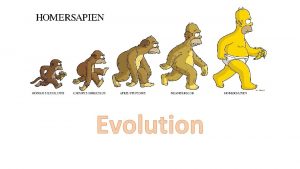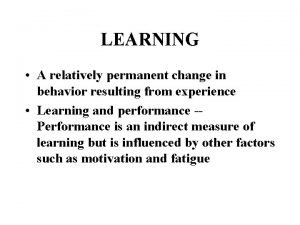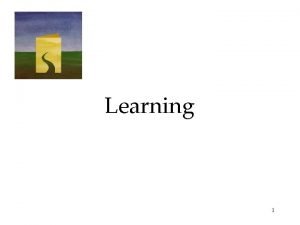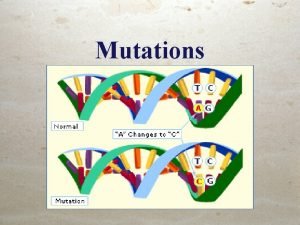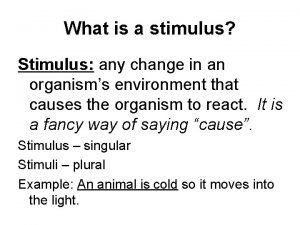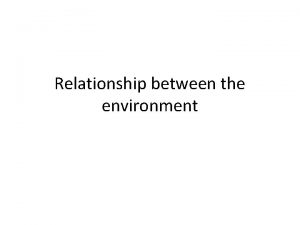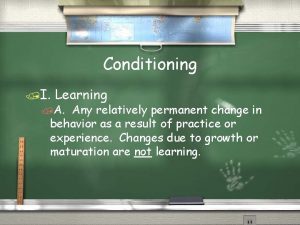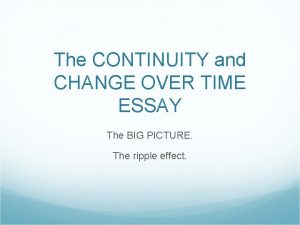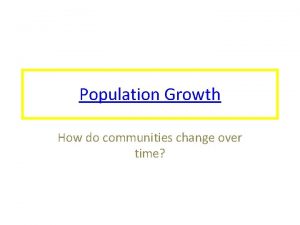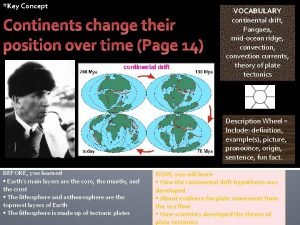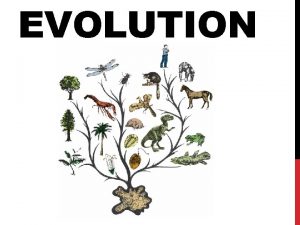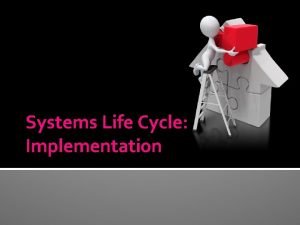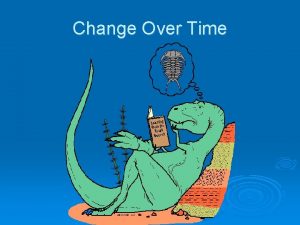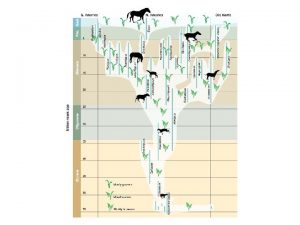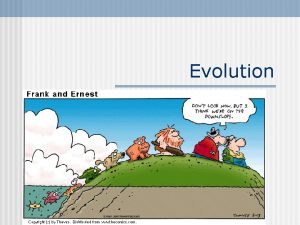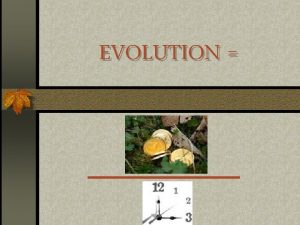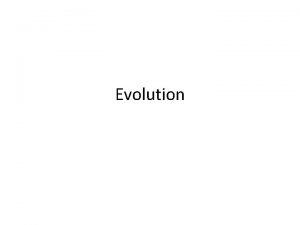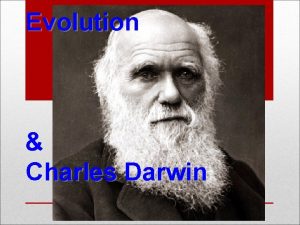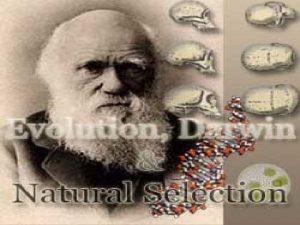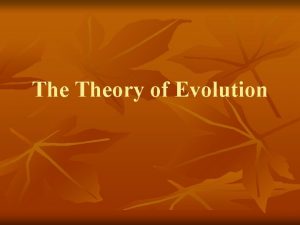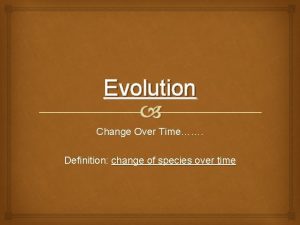Evolution u Evolution any process of change over



















- Slides: 19

Evolution

u. Evolution – any process of change over time. u. Geologic Time – A record of Earth’s history found in rocks and fossils. u. Earth’s age – about 4. 6 billion yrs. u Relative age of rocks determined by their position.

Grand Canyon u. Older fossils show that life forms started as simple, single celled organisms.

u. History of Evolution u 1. Lamarck (1809) – thought evolution resulted from striving for improvement. u - a) organs appeared as needed and could be improved with use. Then passed to offspring.

-b) If not needed, organs disappeared in next generation. u -c) Transmission of acquired traits. (lose an arm, offspring could be born that way) u u Weismann(1870) – disproved Lamarck. Cut off tails of mice and all the offspring still had tails.

Charles Darwin

The Voyage of the Beagle

u Darwin’s Theory of Natural Selection based on: u 1. Overproduction – due to limited space and food, more offspring produced than can survive. u 2. Competition - members of a population compete for food and mates.

u 3. Variation – because of different characteristics, some better able to survive. u 4. Survival of the fittest – those that survive longer will live to reproduce. u 5. Transmission of favorable traits – offspring of fittest parents will inherit their favorable traits.

u 6. Evolution – as populations change due to these new favorable traits, that is evolution ameoba sisters natural selection

Modern Theory of Evolution u Variation – caused by “shuffling” of genes during sexual reproduction. Also caused by random mutations u Natural Selection – due to passing on of genes for favorable traits. u Geographic Isolation – 1 species can become 2 different ones if a population gets separated by mountains or plates separating.


u Environmental Changes – stable environment = not much change u - changes in the environment select for different traits to become successful. u ex: antibiotics lead to resistant strains of bacteria

Rates of Evolutionary Change Gradualism – changes occur little by little over long time. u 2. Punctuated Equilibrium – things are stable until brief, fast change occurs. Then stable again. u 1.

u ** Species with short life spans and large numbers of offspring can change very quickly. Ex: bacteria, insects Similarities between related species 1. Comparative Anatomy – similar body structures

u Homologous Structures – same structure different function

u. Analagous structures – similar function but different structure. Not close relationship

u. Similar parts cell

u. Similar embryos
 It is a process of change through time
It is a process of change through time There is some cake
There is some cake Any to any connectivity
Any to any connectivity Seknder
Seknder Over the mountain over the plains
Over the mountain over the plains Siach reciting the word over and over
Siach reciting the word over and over Explain how to handing over and taking over the watch
Explain how to handing over and taking over the watch What is any relatively permanent change in behavior
What is any relatively permanent change in behavior A change in behavior resulting from experience
A change in behavior resulting from experience Learning is generally defined as relatively
Learning is generally defined as relatively A mutation is any mistake or change in the
A mutation is any mistake or change in the Geotropism positive and negative
Geotropism positive and negative Any change in the environment
Any change in the environment Learning is relatively permanent change in behavior
Learning is relatively permanent change in behavior A relatively permanent change in behavior
A relatively permanent change in behavior Change and continuity thesis example
Change and continuity thesis example How do communities change over time
How do communities change over time Continents change position over time
Continents change position over time The gradual change in a species over time
The gradual change in a species over time Direct changeover implementation
Direct changeover implementation
